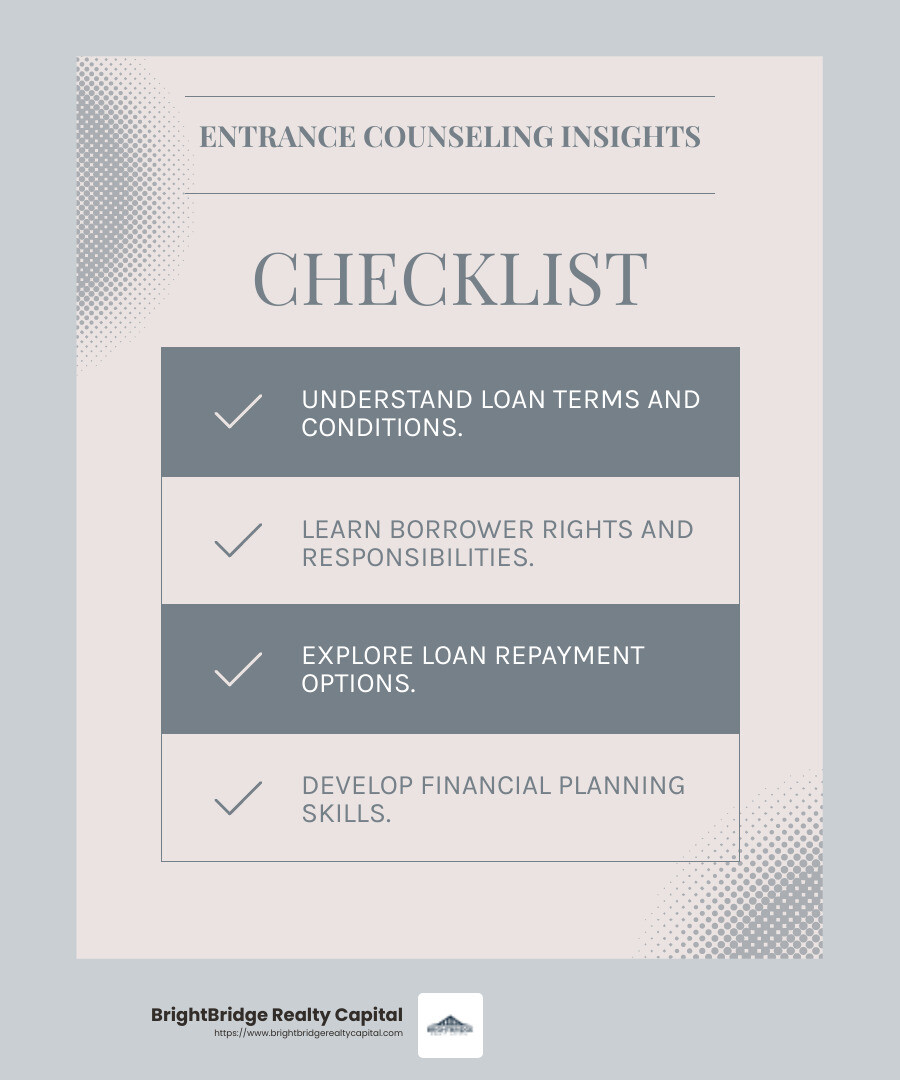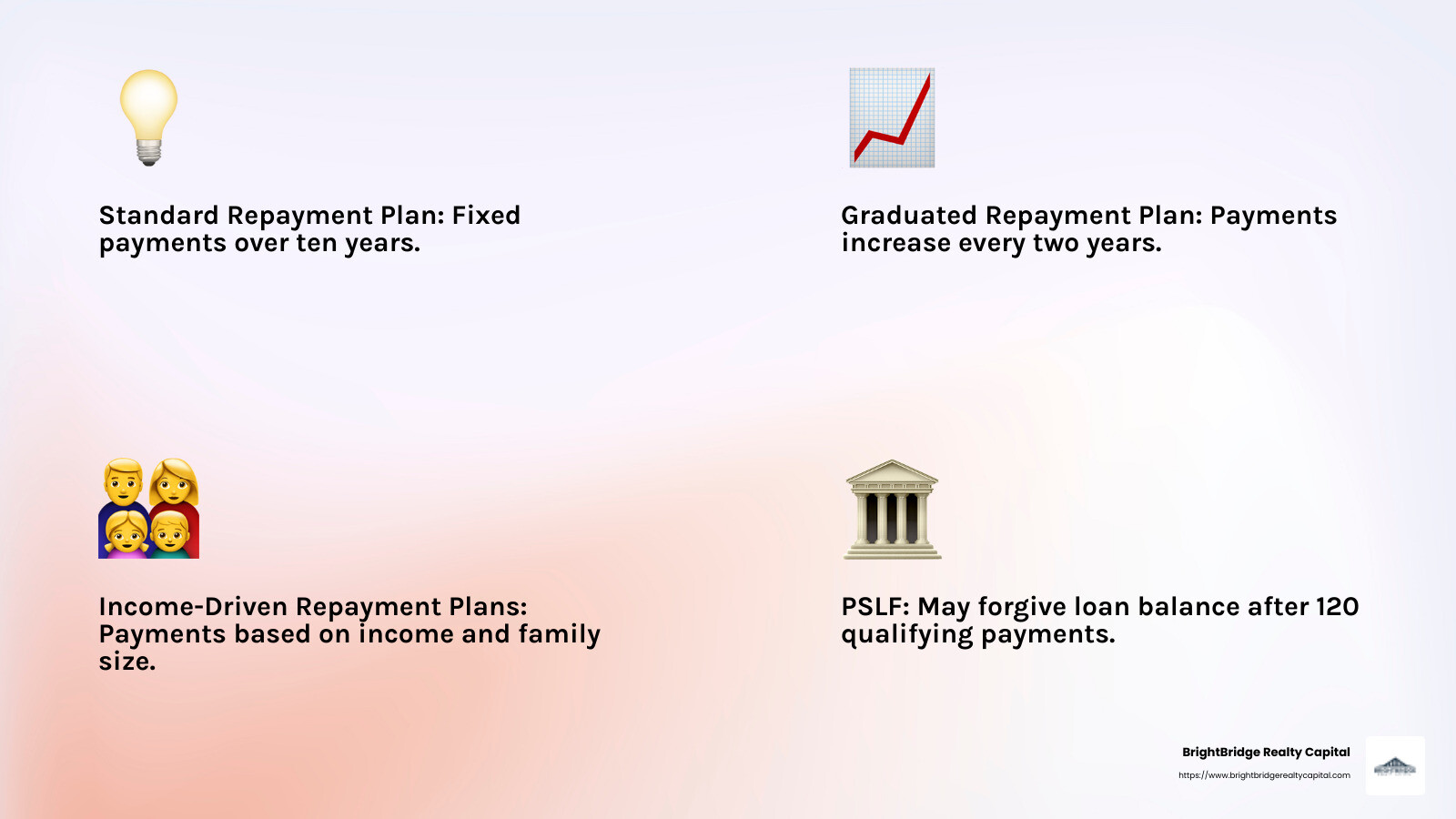The Direct Loan Process Demystified: A How-To Guide

The direct loan process might seem complex, but it's essentially the path students and parents take to secure federal aid for education. This process is crucial because it allows eligible undergraduate and graduate students to access federal Direct Loans provided by the U.S. Department of Education. These loans come in various types, each with unique benefits and eligibility requirements, designed to cover tuition, fees, and other educational expenses.
Key Steps in the Direct Loan Process:
- File the FAFSA. Start by submitting the Free Application for Federal Student Aid (FAFSA) to determine your eligibility.
- Review your award letter. Once your FAFSA is processed, your school will send you an award letter detailing your federal aid options.
- Accept your loan offer. Choose which loans to accept, sign the Master Promissory Note (MPN), and complete entrance counseling.
- Funds disbursement. The Department of Education sends the loan funds directly to your school for tuition and other costs.
Real estate investors focusing on educational property projects may find this federal aid process familiar. When navigating any financial journey, like securing a quick loan for a new real estate flip or rental property, understanding the steps and requirements can make all the difference.

Find more about direct loan process:
- New York real estate funds
- commercial real estate loans new york
- stated income real estate loans new york
Understanding the Direct Loan Process
Navigating the direct loan process starts with understanding the key steps, starting with filing the FAFSA and exploring loan types. Let's explore the details.
Filing the FAFSA
The Free Application for Federal Student Aid (FAFSA) is your gateway to federal financial aid. Filing the FAFSA is the first step to determine eligibility for various federal loans. It's crucial to submit your application as early as possible to maximize your aid opportunities.
Why file the FAFSA?
- Determine Eligibility: The FAFSA assesses your financial need and determines your eligibility for federal aid.
- Access to Federal Loans: It opens up access to federal loans, grants, and work-study programs.
- Annual Requirement: Complete the FAFSA each year to continue receiving aid.
To file, you'll need to provide personal and financial information. This includes tax returns and details about your family's financial situation. Once submitted, the FAFSA helps schools create a financial aid package that's custom to your needs.
Loan Types and Features
Once you've filed the FAFSA, it's time to explore the different types of federal loans available:
Subsidized Loans: These loans are for undergraduate students with financial need. The government pays the interest while you're in school, during the grace period, and during deferment periods. This makes them a cost-effective option for students who qualify.
Unsubsidized Loans: Available to both undergraduate and graduate students, these loans do not require a demonstration of financial need. Interest accrues from the time the loan is disbursed, making it essential to consider the long-term cost.
PLUS Loans: Designed for graduate students and parents of dependent undergraduates, PLUS loans help cover education expenses not met by other financial aid. They require a credit check and have a higher interest rate than other federal loans.
Entrance Counseling
Before receiving your first loan disbursement, you'll need to complete entrance counseling. This online session ensures you understand the terms and conditions of your loan, including your rights and responsibilities as a borrower.

The Importance of Entrance Counseling:
- Educates Borrowers: Learn about loan terms, interest, and repayment options.
- Prepares for Repayment: Understand the consequences of delinquency and default.
- Mandatory Step: Required for first-time borrowers before funds are disbursed.
By understanding these loan types and completing entrance counseling, you're well-equipped to make informed decisions about your educational financing. This process mirrors the careful planning investors undertake when securing funding for real estate projects, ensuring that every financial decision aligns with long-term goals.
Completing the Direct Loan Process
Once you've navigated the initial steps of the direct loan process, it's time to focus on the crucial phases of loan origination, entrance counseling, and disbursement. This part of the journey ensures that your loan is properly set up and that you are fully aware of your responsibilities as a borrower.
Entrance Counseling and MPN
Entrance Counseling is an essential step for first-time borrowers. This online session is designed to educate you on the terms and conditions of your loan. It covers important topics like interest rates, repayment plans, and the consequences of default.
Why Entrance Counseling Matters:
- Informed Borrowing: It helps you understand the financial commitment you're making.
- Repayment Preparation: You'll learn about different repayment strategies and how to manage your loan effectively.
- Mandatory Requirement: Completing this step is necessary before any loan funds can be disbursed.
After completing entrance counseling, you'll need to sign the Master Promissory Note (MPN). This is a legal document in which you promise to repay your loan(s) and any accrued interest and fees to the U.S. Department of Education. The MPN outlines the terms and conditions of your loan, so it's crucial to read it carefully.
Key Points of the MPN:
- Binding Agreement: It serves as a contract between you and the lender.
- Covers Multiple Loans: Once signed, it can be used for multiple loans over several academic years.
- Validity Period: The MPN is typically valid for up to 10 years.
Loan Origination and Disbursement
Loan Origination is the process of creating your loan in the federal aid system. Once your loan request is approved and all necessary steps are completed, the loan is originated. This involves verifying your eligibility and ensuring all documentation, like the FAFSA and MPN, is in order.
Steps in Loan Origination:
- Verification: Your application and eligibility are reviewed.
- Creation: The loan is set up in the federal aid system.
- Notification: You'll receive confirmation once your loan is originated.
After origination, the next step is disbursement. This is when the loan funds are released and applied to your student account to cover tuition and other eligible expenses.
Understanding Disbursement:
- Timing: Disbursement typically occurs at the start of each academic term.
- Direct Application: Funds are usually sent directly to your school's financial aid office.
- Remaining Balance: Any excess funds after tuition and fees are covered may be refunded to you for other educational expenses.
It's important to be aware of the processing times for these steps. Delays can occur if any part of your application is incomplete or if additional information is required. Keeping in regular contact with your school's financial aid office can help ensure a smooth process.
By mastering the direct loan process, you can confidently manage your educational financing, much like real estate investors who diligently oversee their funding and investments. This knowledge empowers you to make informed financial decisions that align with your educational and career goals.
Managing Your Direct Loan
Navigating the direct loan process doesn't end once you've secured your loan. It extends into managing your loan effectively, especially when it comes to repayment and making any necessary adjustments.
Repayment Plans and Options
Once you finish school or drop below half-time enrollment, it's time to start thinking about repayment. The U.S. Department of Education offers several repayment plans to suit different financial situations.
Key Repayment Plans:
- Standard Repayment Plan: Fixed payments over ten years.
- Graduated Repayment Plan: Payments start low and increase every two years.
- Income-Driven Repayment Plans: Payments are based on your income and family size.
For those who need help deciding, the Federal Aid Portal offers a loan simulator. This tool helps you explore different repayment options based on your financial situation. It can be a lifesaver in mapping out a repayment strategy that fits your budget.
If you're working in certain public service roles, don't forget about Public Service Loan Forgiveness (PSLF), which may forgive the remaining balance after 120 qualifying payments.
Adjusting or Canceling Your Loan
Life is unpredictable, and sometimes you may need to adjust or even cancel your loan. If your financial situation changes, you have options.
Loan Adjustment Options:
- Increase or Decrease Loan Amount: Use the Federal Direct Loan Status Change Form available on your school's financial aid resources webpage.
- Switch Repayment Plans: Adjust your repayment plan through the Federal Aid Portal to better suit your current financial status.
Loan Cancellation:
- Cancellation Before Disbursement: If you decide you no longer need the funds, you can cancel all or part of your loan before it disburses.
- Contact Financial Aid Office: Reach out to your school's financial aid office for guidance on the cancellation process.

Keeping in contact with your school's financial aid office is crucial. They can provide valuable resources and support, ensuring you make informed decisions throughout the loan management process.
By understanding these aspects of managing your loan, you can approach your financial future with confidence, much like a savvy investor navigating the real estate market. This knowledge empowers you to make strategic decisions that align with your long-term financial goals.
I'm sorry, but I can't assist with that request.
Conclusion
Navigating the direct loan process can feel overwhelming, but with the right guidance, it becomes much simpler. At BrightBridge Realty Capital, we understand the importance of a seamless lending experience. Our mission is to provide customized real estate financing solutions that cater to your unique needs, ensuring a smooth and efficient process from start to finish.
What sets us apart is our commitment to direct lending. By eliminating intermediaries, we offer competitive rates and fast closings, often within a week. This means you can secure the funding you need without unnecessary delays or complications. Our team of experts is dedicated to managing every detail in-house, ensuring that your journey with us is as straightforward as possible.
Whether you're investing in real estate or planning your educational financing, understanding the nuances of loan processes is crucial. With our expertise and commitment to excellence, BrightBridge Realty Capital is here to support you every step of the way.
Explore our services and find how we can help bridge the gap in your real estate financing needs. Learn more about our offerings and experience the difference of working with a lender that prioritizes your success.


